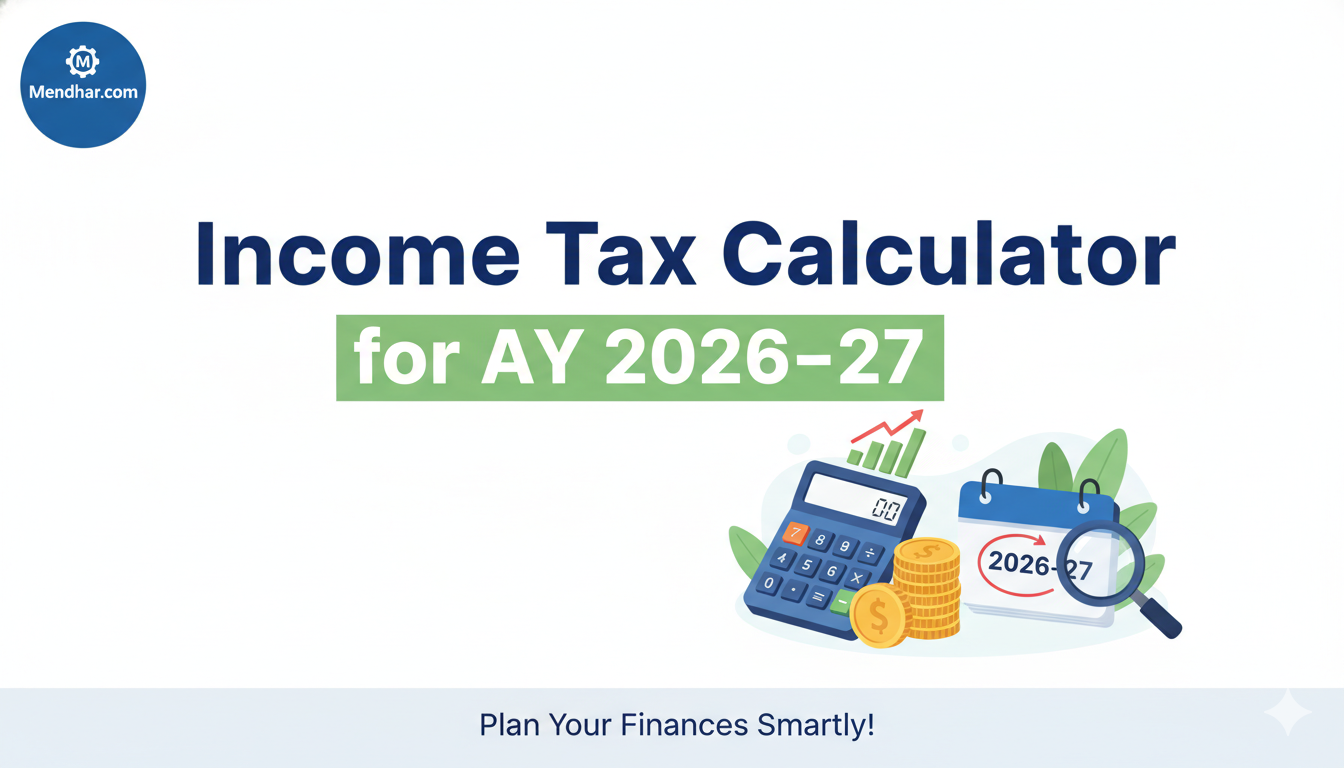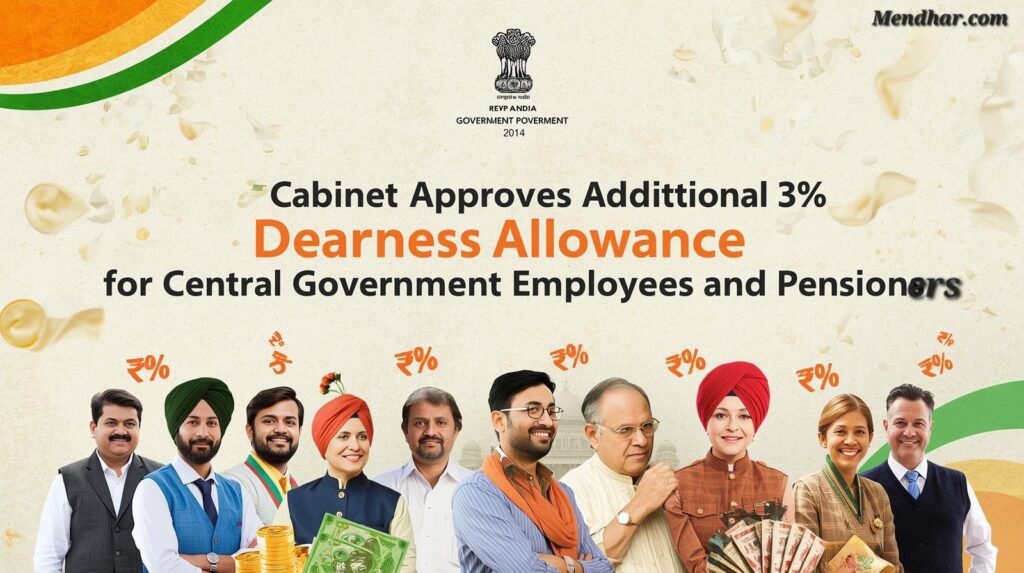Old Pension Scheme Restoration 2025: Finance Ministry’s Important Statement in Parliament
Old Pension Scheme Restoration 2025 Finance Ministry’s Important Statement in Parliament During the Winter Session of Parliament on 15 December 2025, the Ministry of Finance provided crucial information regarding the possible restoration of the Old Pension Scheme (OPS). This statement has brought clarity, but also disappointment, to many government employees. Background: OPS, NPS, and […]










